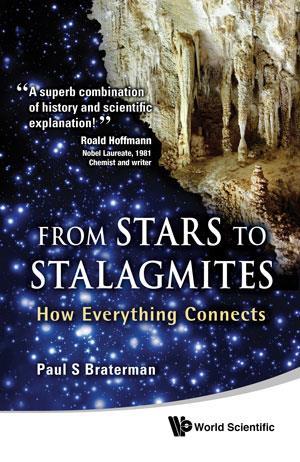Paul Braterman
World Scientific
2012 | 328pp | £24 (PB)
ISBN 9789814324977

This book comprises 16 essays on a wide range of scientific themes, designed to bridge the gap between the chemist and the layman. All are chemically-related, covering topics as diverse as the age of the earth, metal extraction, the discovery of the noble gases, the life cycle of stars, using isotopic abundances to monitor climate change and many more.
Each article is self-contained. They are well-researched, showing how deeply the author has read into the background. Although the articles are scientific, the author has carefully segregated chemical equations and formulae into the endnotes, which also contain a detailed bibliography for those who wish to delve further.
The scientific method is clearly explained. Thus, the account of the ozone hole problem sets out the nature of the situation and states three possible causes: CFCs, NOx and volcanic emissions. The tools available for the study of the atmosphere are described, showing how the cause was eventually narrowed down. A powerful chapter on greenhouse gases and global warming gives many good reasons why climate change deniers are wrong.
In relating the story of The Tragedy of Fritz Haber, the author tells the whole story of the scientist. This will surprise those who only know about the Haber process but are not aware of Haber’s role in charge of Germany’s poison gas programme, of the tragic end of his first wife, or the sad later years of Haber’s life. Again, the author is not content to leave the story at this point, but brings the reader up to the present with reflections on chemical weapons and, at more length, on the prospects of chemical support for an expanding world population.
Apart from being highly recommended for a wide adult readership, this would be an excellent book for teachers to give to students for enrichment, with the background to the chemistry going beyond the textbooks.
PurchaseFrom stars to stalagmites at Amazon.co.uk.












No comments yet